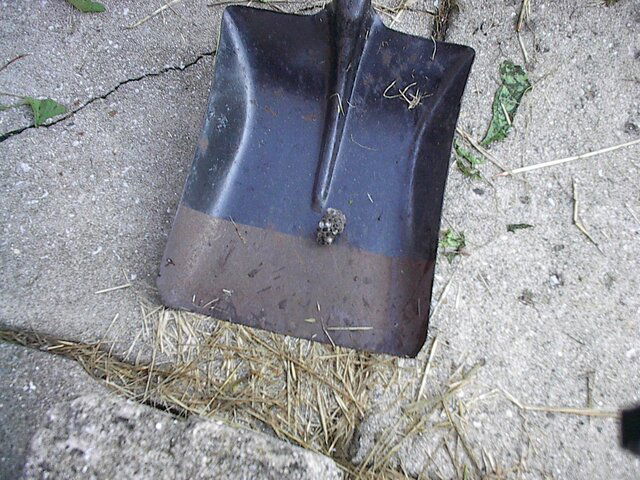Last night when I went to put my dish on G1 for nightly guide updates I noticed my reception was weak again. I was like now what I just peaked the dish two weeks ago. I also noticed reception was down all over the arc. I was looking at HSN analog and it looked like there was a polarity issue. The skew made no difference, so I went to look at the dish and noticed something in the feedhorn throat. I took a screw driver and scraped it out. Out fell about 10 sedated bees, and a honeycomb. I stepped on the bee's trying to walk away. They were pretty sedated couldn't fly. I don't know if they were asleep or what it was 11pm. I was lucky they were sort of dead, it was 66 degrees at that point that may have been a factor. This was the first time I had a bee's nest in my dish in my life, hope it's the last.
Oh BTW the signal quality is way up there now and even better then when I peaked it two weeks ago. This probably was causing part of my issue then but I didn't know it.
Like I said Stupid Bee's :rant:
:rant:
Oh BTW the signal quality is way up there now and even better then when I peaked it two weeks ago. This probably was causing part of my issue then but I didn't know it.
Like I said Stupid Bee's




 :
:

